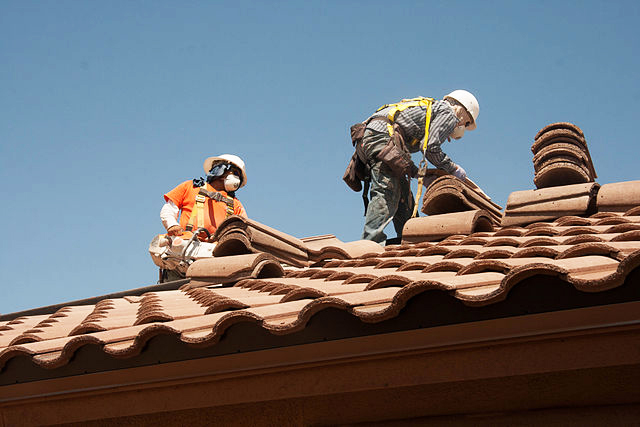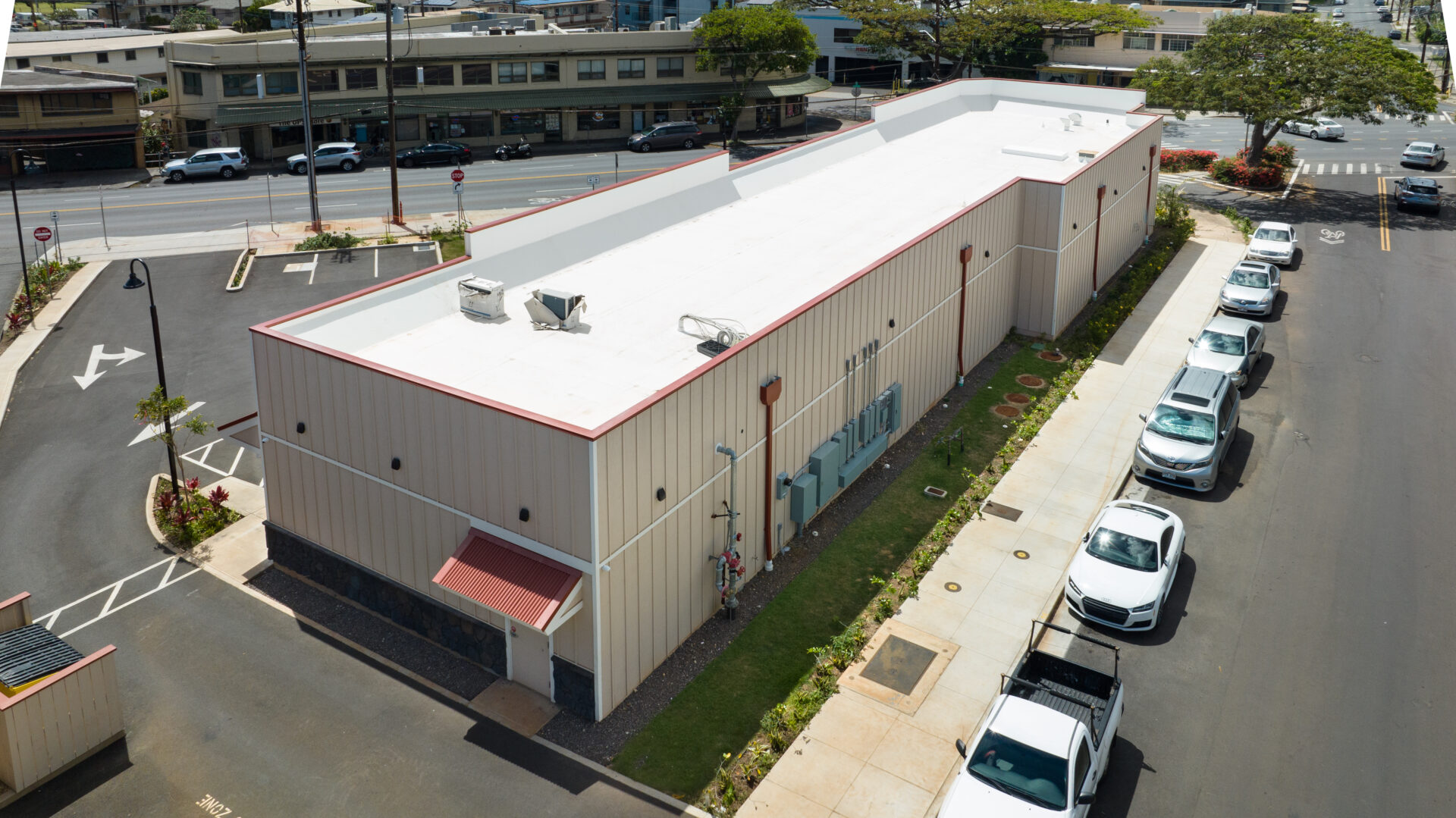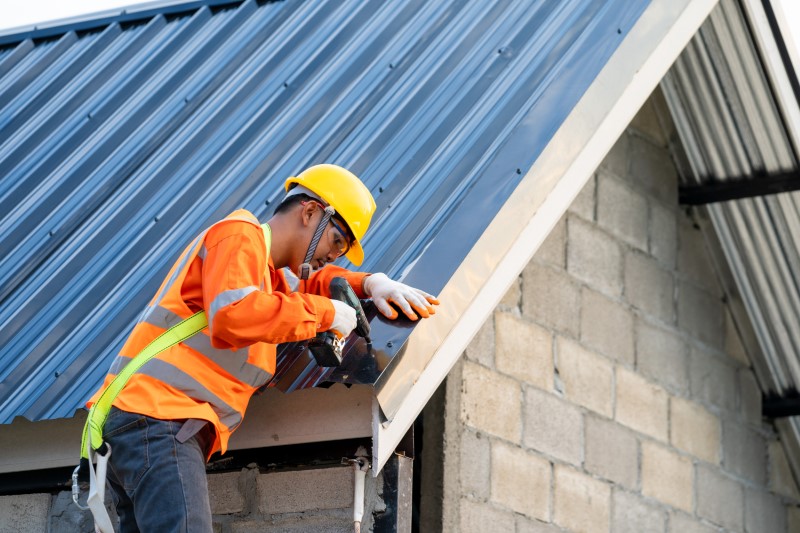A Full Overview to Roof Covering Installation Strategies
The process of roofing setup is important to the longevity and performance of a structure, needing a detailed understanding of various techniques and materials. From selecting the appropriate roof covering products to grasping necessary devices, each step plays a critical function in making sure a successful outcome. Moreover, awareness of common pitfalls can significantly influence the toughness of the setup. As we discover these essential aspects, it ends up being obvious that a meticulous method is not simply advantageous however vital for attaining a trusted and durable roof covering. What specific strategies will set your task apart?

Comprehending Roof Products
When selecting roof covering products, it is vital to think about both their useful properties and visual charm. The choice of roofing material significantly influences the longevity, insulation, and general look of a building. Common products include asphalt roof shingles, tile, slate, and metal, each offering special advantages and downsides.
Asphalt roof shingles are preferred as a result of their cost and ease of installment, making them suitable for numerous environments. They may have a much shorter life-span contrasted to other products. Steel roof, known for its long life and resistance to severe climate, can be a beneficial investment, though it may entail higher ahead of time costs.
Slate and ceramic tile roofing give a distinct visual allure and phenomenal sturdiness, typically lasting over half a century. However, they call for an enhanced framework due to their weight and may demand customized setup strategies.
Additionally, factors to consider such as energy effectiveness and ecological influence need to not be ignored. Cutting-edge alternatives like solar shingles or green roofings can improve sustainability. Eventually, the choice of roof materials must line up with the house owner's budget, climate considerations, and personal design choices to make sure a useful and aesthetically pleasing result.
Crucial Tools for Setup
Choosing the best roofing materials is only part of the equation; having the appropriate devices for setup is equally important to achieve an effective end result. A well-equipped installation group can dramatically boost performance and ensure a top quality coating.
Secret devices include a roofing nailer, which permits secure and fast fastening of tiles or tiles, and a hammer for hands-on adjustments. Security tools is critical, including harnesses and construction hats, to safeguard employees from potential drops and injuries. A ladder and scaffolding are necessary for accessing higher locations securely.
Determining devices, such as a measuring tape and chalk line, guarantee exact positionings and alignments, while an energy knife is essential for reducing roof materials to dimension. Additionally, a pry bar is vital for readjusting or getting rid of old shingles fitment during the installment process.
Step-by-Step Installment Refine
An effective roofing installment depends upon careful preparation and implementation, ensuring that each step is performed efficiently. The process starts with a comprehensive examination of the existing roofing system structure, identifying any type of necessary repair work or supports. Once the foundation is deemed noise, the following action includes gathering all required products and devices, consisting of underlayment, tiles, flashing, and ventilation systems.
Adhering to material prep work, installers should set the underlayment, ensuring it is effectively straightened and protected. honolulu roofing. This layer serves as a barrier against dampness and boosts the roof covering's resilience. Next, the setup of blinking around smokeshafts, vents, and sides is crucial to stop water intrusion

With the underlayment and flashing in position, the installation of shingles begins. Starting from the roofing's lower edge, tiles must be split appropriately, overlapping each row to direct water move away from the roof covering framework. Throughout this procedure, interest to detail is vital to preserve placement and prevent voids.
Usual Errors to Avoid
Many home owners and professionals forget critical information throughout roof installment, which can cause pricey repairs and jeopardized architectural integrity. One common mistake is insufficient roofing air flow. Poor air flow can trap heat and dampness, bring about mold and mildew development and early roof shingles damage.
An additional regular error is disregarding to install underlayment appropriately. Missing this crucial step can reveal the roofing deck to water damages, leading to considerable structural problems (honolulu roofing). In addition, failing to line up roof shingles effectively can produce gaps, allowing water to penetrate the roofing system
Inappropriate blinking setup is an additional essential oversight. Flashing guides water away from joints and try this website joints; if installed incorrectly, it can result in leaks. Using the not enough fasteners or wrong products can threaten the roofing's resilience and wind resistance.
Lastly, overlooking local building regulations can lead to penalties or forced reinstallation. It is crucial to make sure compliance with all guidelines and browse around this web-site best methods. By preventing these common mistakes, house owners and specialists can guarantee a successful roofing installation that stands the test of time. Correct focus to information during setup is necessary for achieving a resilient and trustworthy roof.

Maintenance Tips for Longevity
Guaranteeing the durability of a roof covering needs regular upkeep and positive treatment. Home owners need to perform regular evaluations a minimum of two times a year, ideally in springtime and loss, to recognize potential issues such as fractured tiles, rusted flashing, or indicators of water damages.

Resolving small fixings quickly can significantly extend the life of a roofing system. Replacing a couple of broken shingles or sealing little leakages can protect against bigger, extra costly repair work down the line.
It is likewise essential to make certain appropriate air flow in the attic room, as inadequate air movement can lead to moisture accumulation, promoting mold and mildew development and weakening roofing materials.
Last but not least, consider hiring a professional roofer for a comprehensive evaluation every few years. Their competence can give beneficial insights and guarantee that your roofing system stays in ideal problem, inevitably safeguarding your investment.
Conclusion
Finally, effective roof covering installment depends on a detailed understanding of products, the usage of important tools, and adherence to a methodical installation process. By avoiding typical blunders and implementing effective upkeep techniques, the resilience and weather resistance of the roof covering can be substantially boosted. This overview works as a foundational resource for my blog ensuring that roof jobs are implemented with accuracy and care, ultimately adding to the longevity and performance of the framework.
The process of roof installment is essential to the long life and performance of a structure, requiring an extensive understanding of different techniques and products.An effective roof covering installation hinges on precise preparation and implementation, guaranteeing that each action is brought out effectively - oahu roofing contractors. By staying clear of these typical errors, property owners and contractors can guarantee an effective roofing installment that stands the test of time. Appropriate focus to information during installation is necessary for accomplishing a lasting and reputable roofing system
In verdict, successful roof covering installment counts on a detailed understanding of products, the use of vital tools, and adherence to a methodical installation process.